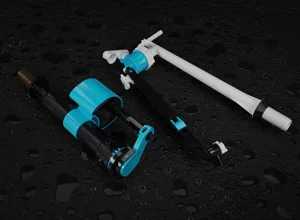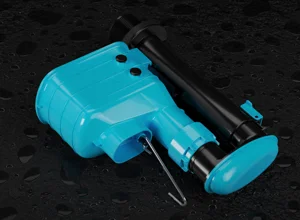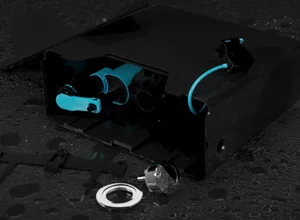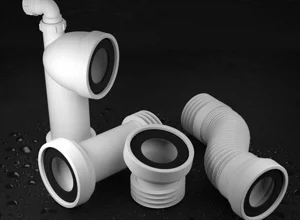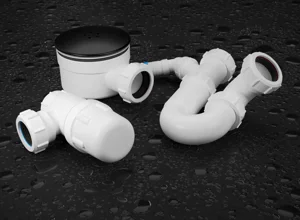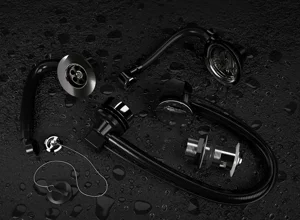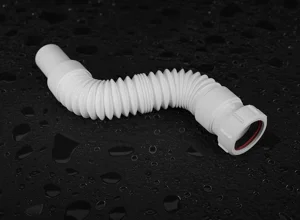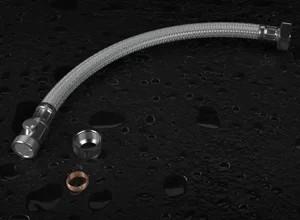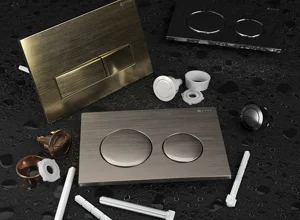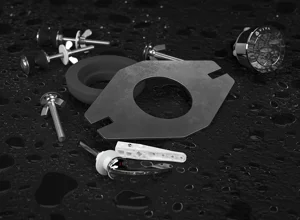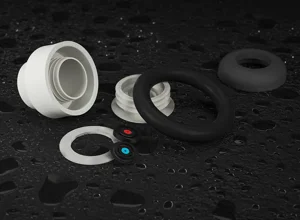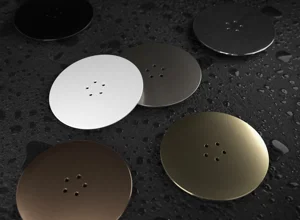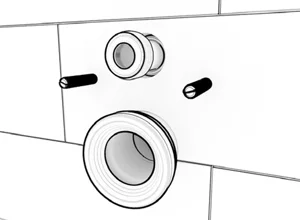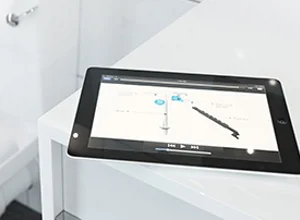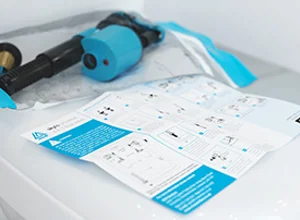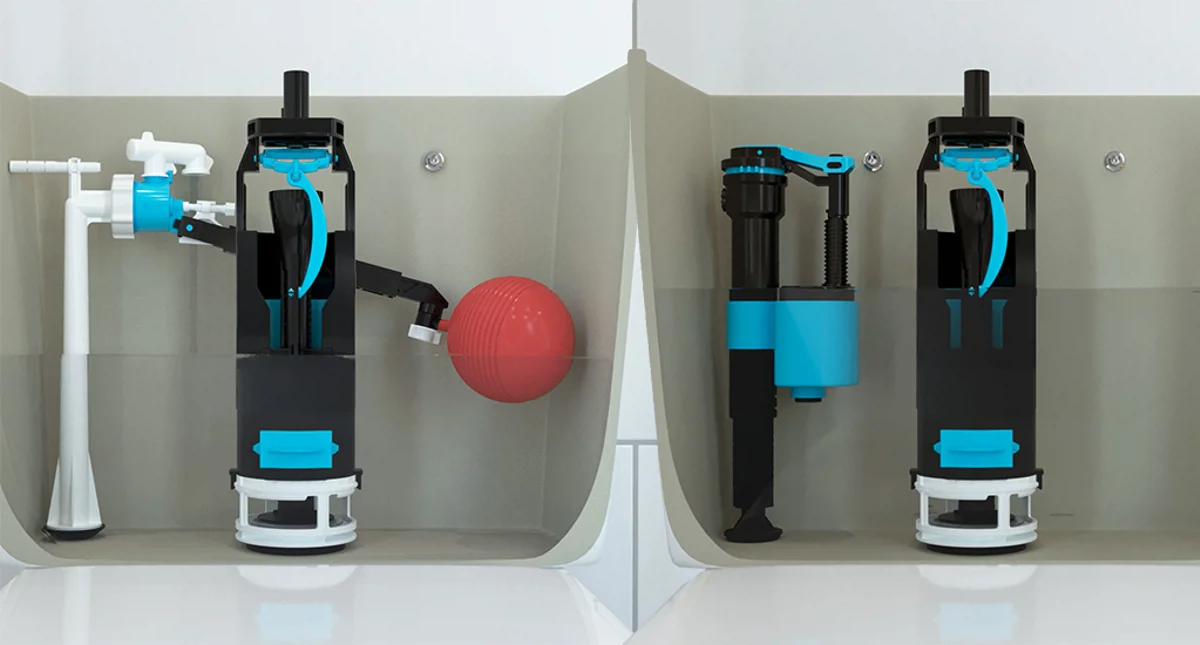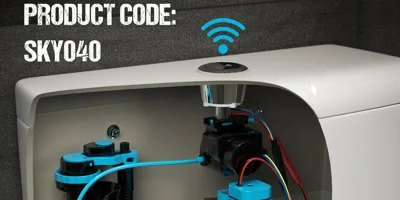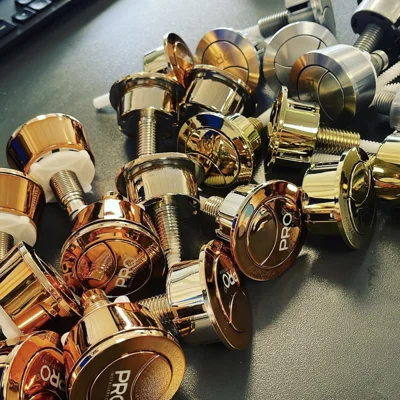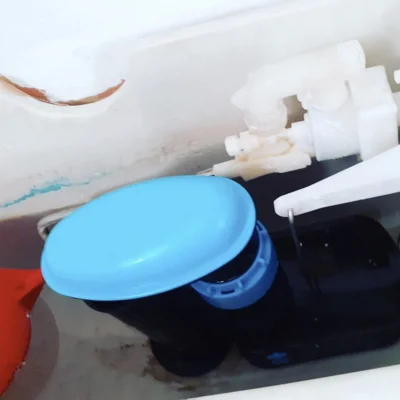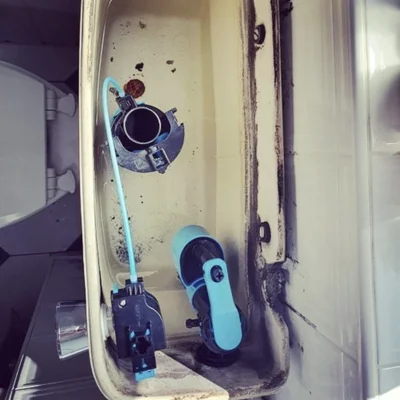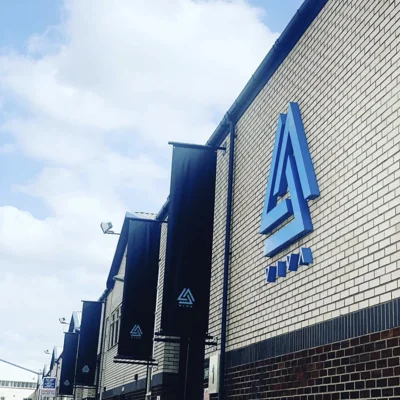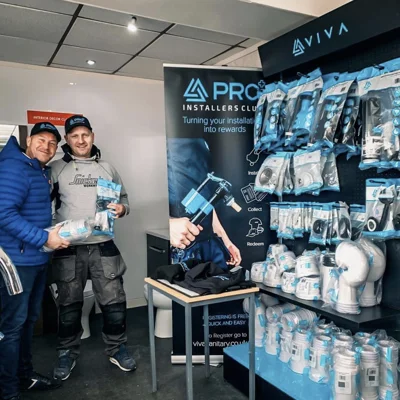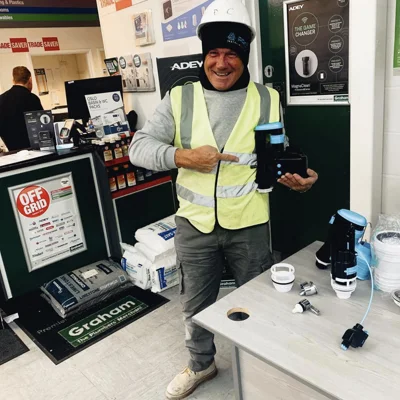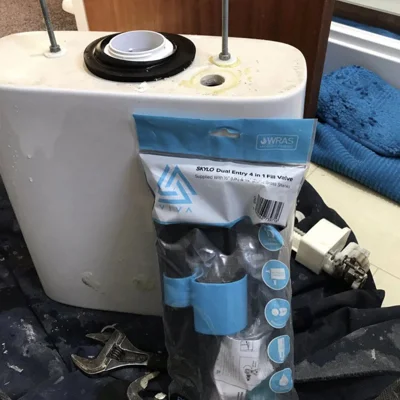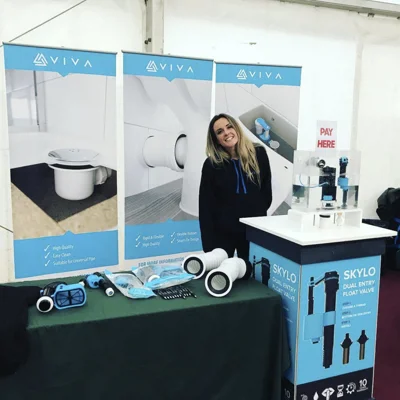When it comes to replacing toilet parts, unless you are a trained plumber, it’s easy to be overwhelmed by the choice of parts available. One question we get asked a lot here at Viva is,
What is the difference between a ball valve and a fill valve, and which one should I choose?
Although they perform the same job, ball valves and fill valves work very differently from each other. Read on to understand how each type of valve works, and which one will be most suited to your needs.
Ball Valves
Ball valves are one of those very recognizable toilet parts. The long arm with the balloon-like float at the end of it. Although they still perform the job, the way in which the ball valve works is now outdated.
After the toilet has been flushed, water is pumped back in to refill the cistern. As this happens, the float rises with the water level, and once the cistern is filled, the pin pushes against the internal diaphragm washer and deactivates the inflow of water.
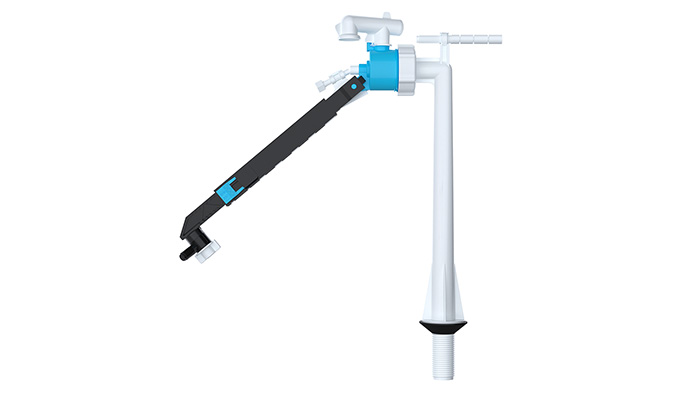
Here is a picture of a Skylo Bottom Entry Ball Valve
The Downsides
Although the job is completed, there are actually quite a few downsides to choosing the traditional ball valve.
- The Size
- Ball valves take up a lot of space. The long arm requires a large cistern, and lots of new, smaller cisterns will struggle to fit in this older piece of equipment.
- The Noise
- When the ball valve refills your cistern, it pumps water up the tube, through the diaphragm washer, and then that water falls out, like a waterfall, echoing around your cistern.
- Not Economical
- This older toilet part is not equipped with a delayed fill. This means that as soon as the toilet is flushed, water is going out and coming in at the same time. This wastes water and racks up your water bill at the same time.
Fill Valve
So what about the alternative? Fill valves were invented much more recently than ball valves. They perform the same job as the old-fashioned ball valve, but their newer design addresses many of the problems created by the older model.
They work in much the same way. The job of the fill valve is to refill the toilet cistern after a flush. However fill valves have tackled the three main issues caused by the ball valve: size, noise and water usage.
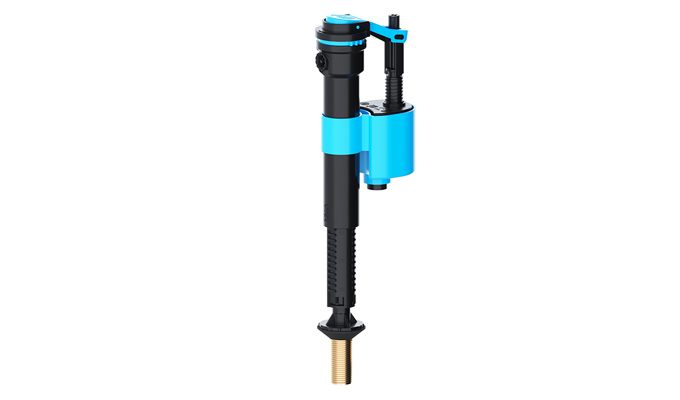
This is a Skylo Dual Entry 4 in 1 Fill Valve which can change between bottom and side entry
The Benefits
- The Size
- The fill valve has been completely redesigned to offer a much more compact product. It is height adjustable. At its smallest, is stands at just 9cm tall, and can be adjusted anywhere up to 23cm for larger cisterns. The float also rotates to make this product even smaller, and suitable for the most compact cistern.
- The Noise
- Rather than having a waterfall of incoming water splashing loudly into your cistern, the fill valve allows water to come through the bottom, which means the process is much quieter.
- Economical and Ecological
- Fill valves are equipped with a delayed fill. What this essentially means is that your cistern will not refill itself until all the water for the flush has already been emptied out. This ensures that no extra water is wasted during each flush, which saves you around one litre of water per flush. For a more in-depth look at how delayed fill works, check out our article here.
Verdict
While some people might be drawn to the familiarity of the traditional ball valve option, it truly has become a redundant product. Although it performs the job it is required to do, it comes with a lot of downsides.
Fill valves address all these problems, whether that is size, noise or water wastage. Whatever brand you go for, here at Viva we would highly recommend that you opt for a fill valve, and the many benefits it has to offer.
If you would like any more information on fill valves or need to know what type will be best for you, then please do not hesitate to contact our dedicated customer service team who will be happy to assist you further.
